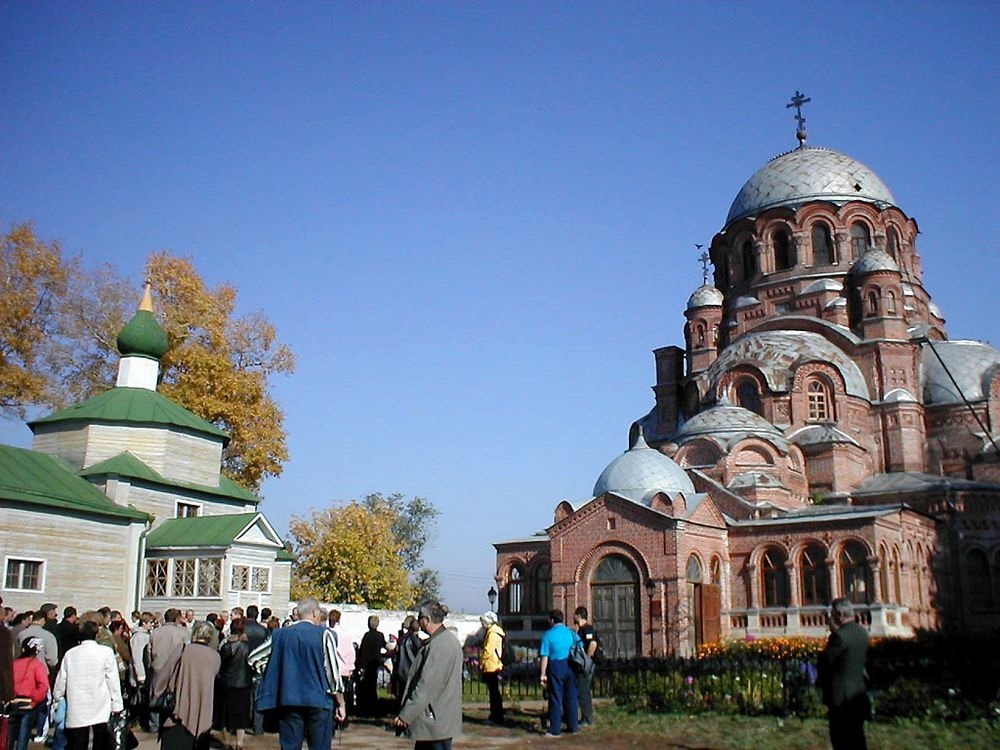The Khanates and the Muscovites had been at conflict for the last hundred years.
The promontory provided Ivan the perfect place for his base.
Ivan ordered the construction of a massive fortress, but not at the chosen site.
Building a fortress on the promontory under the nose of the enemy would have been foolhardy.
In return, the locals swore their allegiance to the Tsar.
The dark days of Sviyazhsks history started in the first half of the 20th century after the October Revolution.
The Bolsheviks destroyed about half of Sviyazhsk’s churches.
The remaining buildings and monasteries became cells for prisoners of a forced labor camp and later a Gulag prison.
More than three-fourth of the town was wiped out, leaving only the historic downtown above water.
Sviyazhsk became a small island, connected to the mainland by a serpentine road.
Its population decreased from 2,000 to just 250.
The historic city is currently being revived with restoration of old churches and construction of new houses.
Tour operators are also promoting Sviyazhsk as a tourist destination.
Life is slowly getting back to normal.
Sviyazhsk before the flooding.
Photo credit:Kazaneer/Wikimedia
Sources:yanarysh.tatarstan.ru/Russia Beyond the Headlines/Wikipedia/www.tatarstanheritage.ru










